1Department of Laboratory Medicine, Inje University College of Medicine, Busan, Korea.
2Department of Clinical Laboratory Science, Semyung University, Jecheon, Korea.
3Department of Laboratory Medicine and Research Institute of Bacterial Resistance, Yonsei University College of Medicine, Seoul, Korea.
4Department of Laboratory Medicine, Kangwon National University College of Medicine, Chuncheon, Korea.
5Department of Laboratory Medicine, School of Medicine, Jeju National University, Jeju, Korea.
6Department of Laboratory Medicine, Pusan National University School of Medicine, Busan, Korea.
7Department of Laboratory Medicine, Hallym University College of Medicine, Chuncheon, Korea.
8Department of Laboratory Medicine, Konkuk University School of Medicine, Seoul, Korea.
9Department of Laboratory Medicine, Uijeongbu St. Mary's Hospital, College of Medicine, The Catholic University of Korea, Seoul, Korea.
10Department of Laboratory Medicine, Seoul National University College of Medicine, Seoul, Korea.
11Department of Laboratory Medicine, Gyeongsang National University College of Medicine, Jinju, Korea.
12Department of Laboratory Medicine, Chonbuk National University Medical School and Hospital, Jeonju, Korea.
13Department of Laboratory Medicine, Ulsan University Hospital, University of Ulsan College of Medicine, Ulsan, Korea.
14Department of Laboratory Medicine, School of Medicine, Kyungpook National University, Daegu, Korea.
15Department of Laboratory Medicine, Ewha Womans University College of Medicine, Seoul, Korea.
16Department of Laboratory Medicine, Wonkwang University College of Medicine, Iksan, Korea.
17Department of Laboratory Medicine, Dankook University College of Medicine, Cheonan, Korea.
18Department of Laboratory Medicine, Chungbuk National University College of Medicine, Cheongju, Korea.
19Department of Laboratory Medicine, University of Ulsan College of Medicine and Asan Medical Center, Seoul, Korea.
20Department of Laboratory Medicine, Dongguk University College of Medicine, Ilsan, Korea.
21Department of Laboratory Medicine and Genetics, Samsung Medical Hospital, Sungkyunkwan University School of Medicine, Seoul, Korea.
22Department of Laboratory Medicine, College of Medicine, Yeungnam University, Daegu, Korea.
23Department of Laboratory Medicine, Keimyung University School of Medicine, Daegu, Korea.
24Department of Laboratory Medicine, International St. Mary's Hospital, College of Medicine, Catholic Kwandong University, Incheon, Korea.
25Department of Laboratory Medicine, Chonnam National University Medical School, Gwangju, Korea.
26Department of Laboratory Medicine, Chung-Ang University College of Medicine, Seoul, Korea.
27Department of Laboratory Medicine, Bundang Jesaeng General Hospital, Seongnam, Korea.
28Department of Laboratory Medicine, College of Medicine, Chosun University, Gwangju, Korea.
29Department of Laboratory Medicine, Cheju Halla General Hospital, Jeju, Korea.
30Department of Laboratory Medicine, Daegu Catholic University School of Medicine, Daegu, Korea.
31Department of Laboratory Medicine, Eulji University School of Medicine, Daejeon, Korea.
32Department of Laboratory Medicine, School of Medicine, Kyung Hee University, Seoul, Korea.
33Department of Laboratory Medicine, Seoul Medical Center, Seoul, Korea.
34Department of Laboratory Medicine, Dong-A University College of Medicine, Busan, Korea.
35Department of Laboratory Medicine, Dongnam Institute of Radiological & Medical Sciences, Busan, Korea.
36Paik Institute for Clinical Research, Inje University College of Medicine, Busan, Korea.
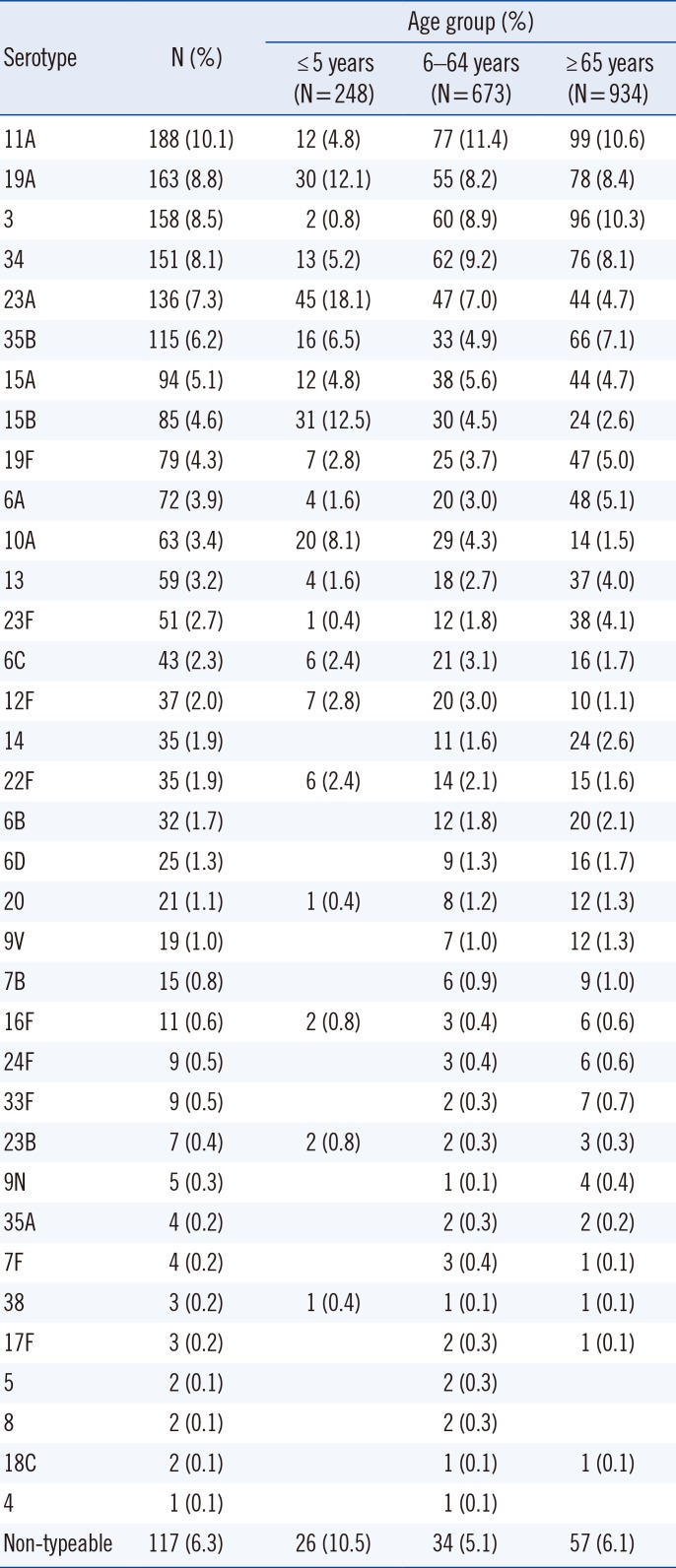
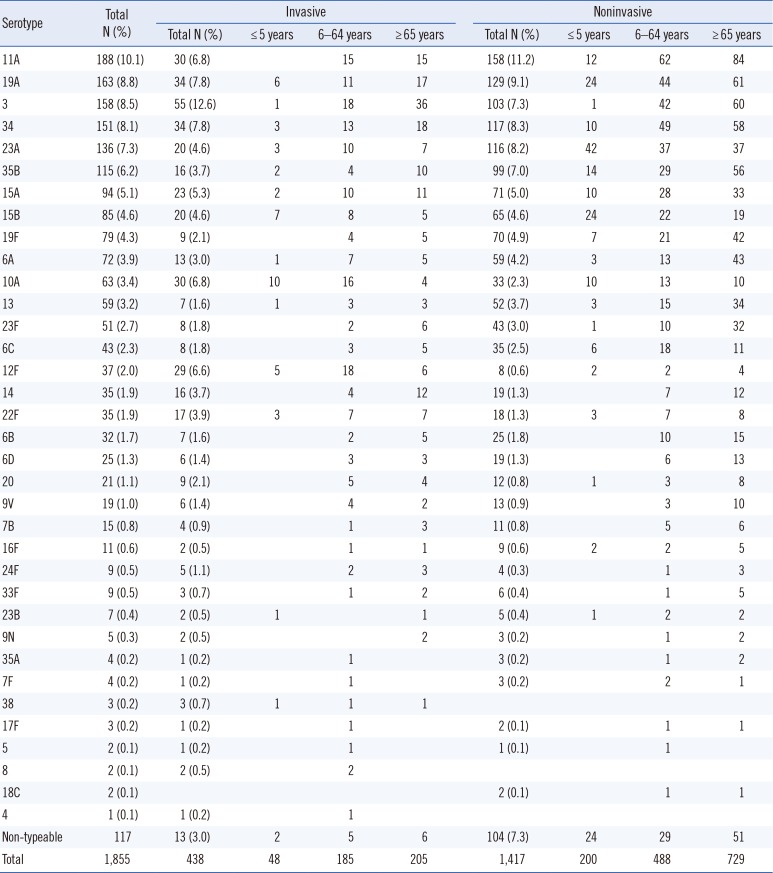

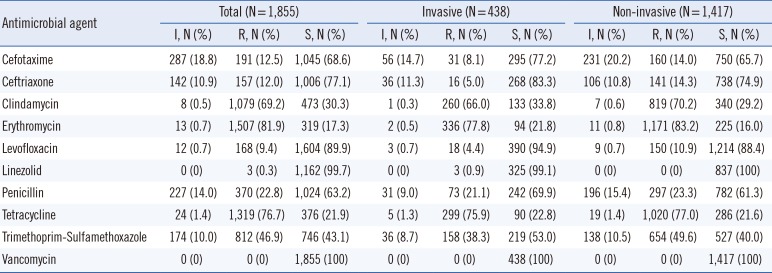
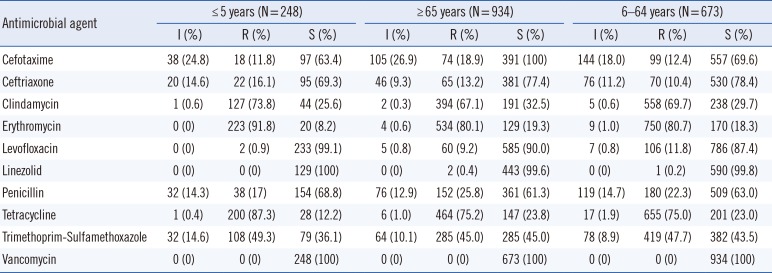




 PDF
PDF ePub
ePub Citation
Citation Print
Print



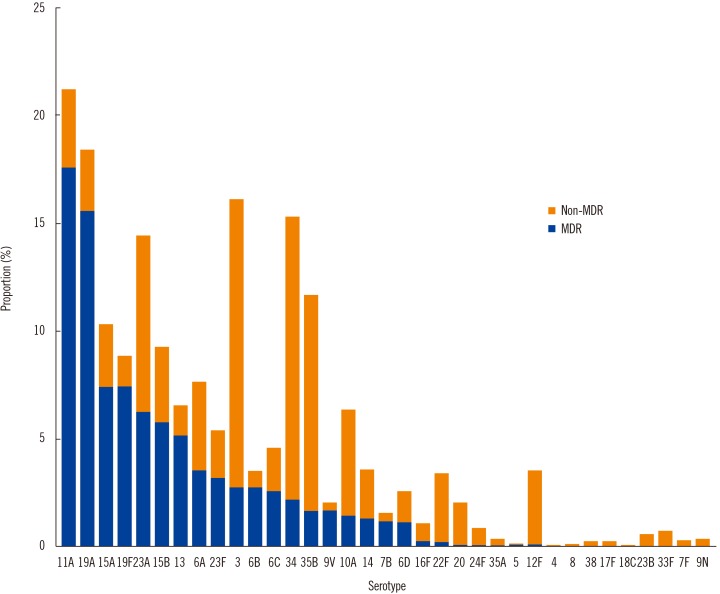
 XML Download
XML Download